Welcome to “Growing Profits: A Comprehensive Guide to Crafting a Successful Shade Net Farming Business Plan”! If you’re considering starting a shade net farming business, you’ve at the right place. Shadenet farming is a promising and sustainable method of farming that can significantly increase crop yields, protect crops from harsh weather conditions, and conserve water.
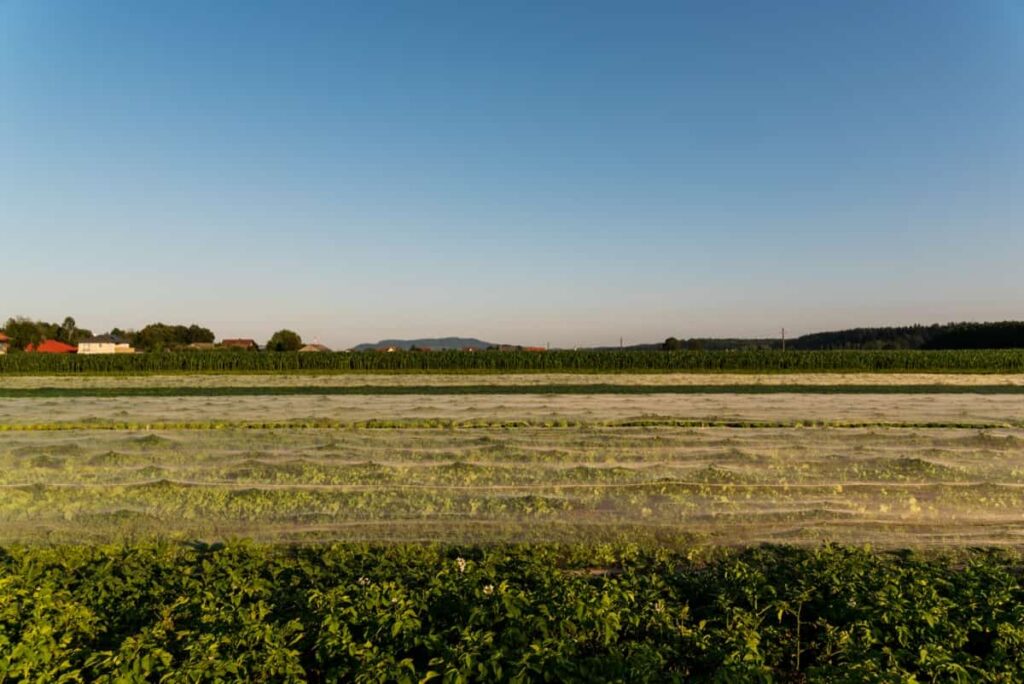
However, like any business venture, success in shade net farming requires careful planning, research, and execution. This blog post is about how to make a complete business plan for shade net farming, including market research, financial projections, and ways to get the money you need. By the end of this blog post, you’ll have the tools and knowledge needed to create a successful shade net farming business plan and turn your vision into a profitable reality.
Shade Net Farming Business Plan
What is Shade Net Farming?
Shade net farming is a type of agriculture where crops are grown under a structure covered by a special netting material. This netting material is designed to allow the right amount of sunlight, moisture, and air to penetrate while providing shade and protection from extreme/unfavorable weather conditions such as heavy rain, strong winds, or extreme heat. Shade net farming is becoming increasingly popular in many parts of the world, especially in regions with high temperatures and intense sunlight. This farming method is widely used for growing crops such as fruits, vegetables, flowers, and herbs.
Benefits of Shade Net Farming
- Protects plants from harmful UV radiation: The shade netting material used in shade net farming reflects or absorbs harmful UV radiation, preventing plant damage.
- Reduces water usage: The shade netting helps create a cooler and more humid environment, reducing the water needed for irrigation.
- Protects crops from pests: The shade netting acts as a barrier against pests like caterpillars, locusts, and white flies, preventing crop damage and disease spread.
- Prevents damage from strong winds, hail, and birds: The shade netting provides a physical barrier against environmental factors that can damage crops.
- Helps regulate temperature: Shade netting can prevent overheating in greenhouses and other structures, creating a more optimal growing environment.
- Ideal for seedling propagation: The shade netting provides the perfect environment, ensuring healthy growth and development.
- Can be used as a water dam and fish pond cover: Shade netting can also prevent contaminants and predators from entering water dams and fish ponds while reducing evaporation.
- Reduces effects of windblown chemicals on crops: Shade netting also helps protect crops from the effects of windblown chemicals, keeping them healthy and safe.
In case you missed it: Guide to Starting a Successful Medicinal Plants/Herbs Farming Business Plan: Tips, Strategies, and Best Practices
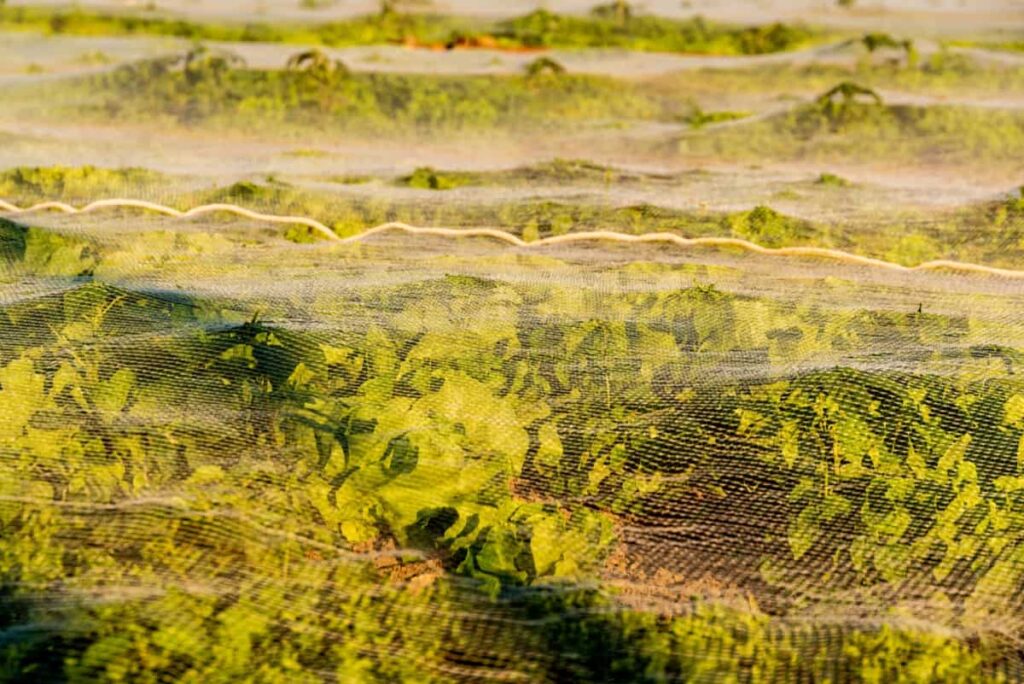
Shade Net Farming and its Potential for Profitable Business
Shade net farming has significant potential as a profitable business due to its numerous benefits and increasing demand. Shade nets made of HDPE plastic reduce direct sunlight’s intensity, protect crops from radiation damage and pests, reduce water use, prevent hail and bird damage, and more. The agro-business sector heavily influences the global shade net industry, as shade nets are widely used to protect crops such as plants, vegetables, fruits, and flowers.
The market for shade nets is driven by the durability, reliability, and ease of installation of the artificial fibers used in their manufacturing. Shade nets are also in demand in non-agricultural sectors such as waterparks, restaurants, resorts, car parking industries, and gardens. The international agro textiles industry was estimated at USD 8.46 billion in 2020, with the shading nets section expected to accumulate at a CAGR of 4.8%.
The increasing demand for food products due to rising per capita consumption is predicted to drive market development. The Asia Pacific region is particularly expected to see growth in demand for shade nets due to increasing demand for vegetables and fruits such as tomatoes, cucumbers, and strawberries.
Crops Suitable for Shade Net Farming
- Leafy vegetables: Cabbage, lettuce, spinach, kale, and other leafy greens are ideal for shade net farming as they require less direct sunlight and can thrive in cooler environments.
- Fruits: Berries such as strawberries, raspberries, and blackberries can be grown successfully under shade netting. Other fruits like papayas, grapes, and bananas are also suitable.
- Herbs: Shade net farming is perfect for growing herbs such as mint, basil, parsley, and thyme, as they require protection from direct sunlight and high temperatures.
- Flowers: Ornamental flowers such as roses, chrysanthemums, and carnations can be grown under shade netting to protect them from heat and wind.
- Spices: Turmeric, ginger, and cardamom can also be grown under shade netting.
- Medicinal plants: Plants with medicinal properties, such as aloe vera, ginseng, and neem, can also be grown successfully under shade netting.
In case you missed it: Maximizing Yields and Profit: A Comprehensive Guide to Millets Farming Business Plan
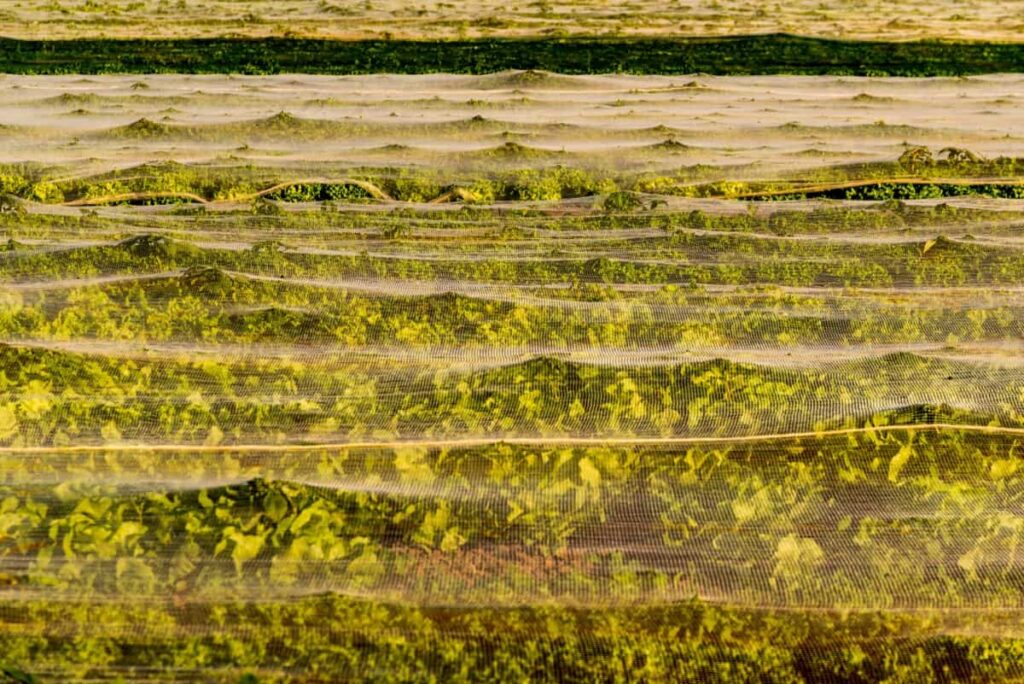
Difference between Shade Net and Greenhouse/Glass House
Shade houses and greenhouses are both structures used to protect crops from natural disturbances and create micro-environments for maximum yields. However, the major difference is their cladding, or covering materials are designed for different purposes, creating different micro-climates.
Shade houses are designed to create a cool microclimate and are suitable for shade-loving crops. At the same time, greenhouses tend to heat up due to the UV polythene cover, which allows solar radiation to pass through and traps the resultant thermal energy inside – known as ‘the greenhouse effect.’
Researching the Market of Shade Net Farming Business
Researching the market for shade net farming business is an important step towards establishing a profitable venture. The worldwide shade net industry is expanding rapidly, with a market value of USD 3.24 billion predicted in 2015. From 2021 to 2026, the market is predicted to develop at an annual growth rate (CAGR) of 4.8%, reaching USD 4.09 billion. This growth is related to the increased need for shade nets in the agriculture industry for crop protection and yield enhancement.
Shade net manufacturing technology is constantly changing to satisfy consumer expectations. Because of its longevity, dependability, and great tensile strength, high-density polyethylene (HDPE) is the most often used material for shade nets. Manufacturers are also incorporating new technologies like UV stabilizers, anti-insect nets, and climate control nets to enhance the performance of shade nets. The shade net farming business is gaining popularity due to its ability to produce crops in a controlled environment, resulting in higher yields and quality crops.
Shade nets are also used in other industries, like water parks, restaurants, and parking lots, for shading and fencing. These end-users create additional market opportunities for the net shade industry. Researching the shade net farming market involves analyzing the industry’s competition, demand, and supply. This information can help entrepreneurs identify the most profitable niche in the market and develop a marketing strategy to attract customers.
Creating a Shade Net Farming Business Plan
Creating a shade net farming business plan is essential to guarantee the business’s success. A well-organized business plan can help a business see its strengths, weaknesses, and possible action plans.
Executive summary: The business of growing crops in a protected microclimate using shade nets is successful. Shade nets are becoming increasingly common in agriculture, particularly in areas with climates, and ensuring consistent and high-quality crop yields with cutting-edge technology and environmentally friendly farming methods.
Market analysis: Shade net farming is becoming increasingly popular due to its many benefits, including protecting crops from harsh weather conditions, pests, and insects. The market for shade net farming has been growing steadily, and it is expected to continue to grow in the coming years. The demand for fresh and organic produce has been increasing, and net shade farming is one of the best ways.
In case you missed it: A Step-by-Step Guide to Creating a Successful Mixed Farming Business Plan
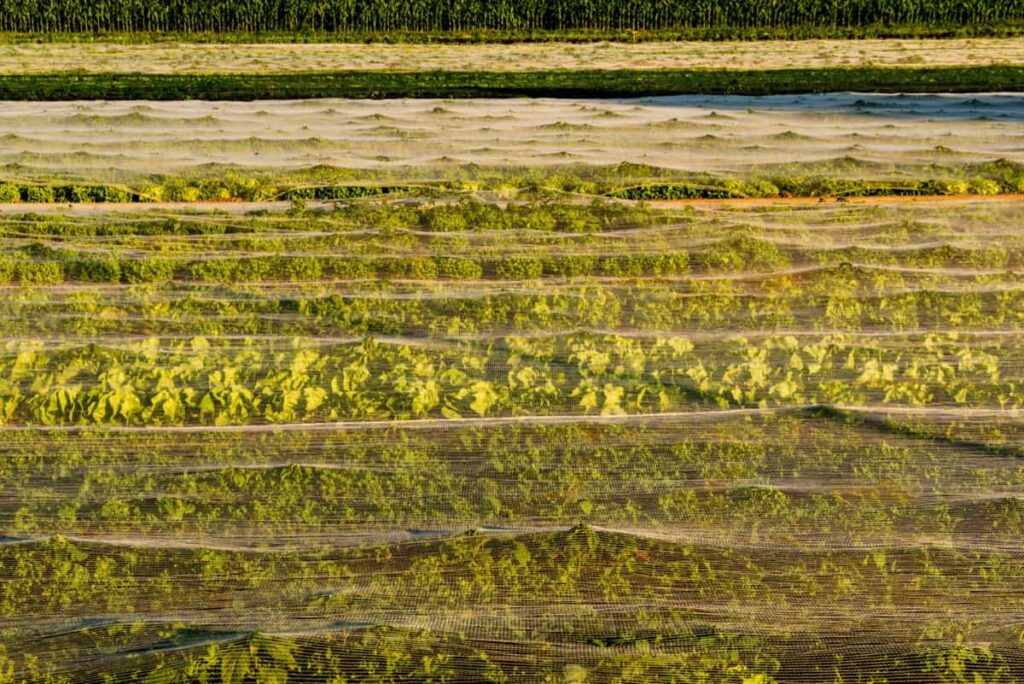
Management and Operations
- Staffing: Hire and train staff with knowledge and experience in crop production, irrigation, and pest control.
- Crop management: Determine the best crops to grow under shade nets, and develop a crop management plan that includes planting, harvesting, and pest and disease control.
- Irrigation: Install an efficient irrigation system that provides water to crops regularly.
- Pest control: Implement a pest control program that includes monitoring for pests and diseases and using appropriate pesticides or biological control agents.
- Marketing: Develop a marketing plan that identifies potential customers and the best channels for reaching them. This may include selling directly to consumers, supplying to wholesalers or retailers, or exporting to international markets.
- Financial management: Establish a budget and financial plan for the business, including cash flow projections, revenue targets, and cost controls.
- Equipment and facilities: Select and maintain appropriate equipment and facilities for the business, such as shade net structures, irrigation systems, and storage and packing facilities.
- Record keeping: Keep accurate records of all aspects of the business, including crop production, sales, expenses, and inventory.
Risk Management
Some risks that shade net farmers may face include crop failure due to disease, pests, adverse weather conditions, market demand and price fluctuations, and financial risks such as inadequate cash flow or poor financial management. To manage these risks, shade net farmers should have a risk management plan that outlines potential risks, their likelihood, and the strategies to mitigate them. This plan should include crop rotation, pest and disease control, diversification of crops, pricing strategies, and effective financial management practices.
Financing and Funding Options for Shade Net Farming Business
Starting and running a shade net farming business need Some financing and funding options that farmers can use to develop shade net farming business are
- Loans from commercial banks or microfinance institutions.
- Government funding schemes for agriculture development.
- Private investors/ Grants and subsidies from agricultural development organizations.
Before deciding on a financing or funding option, it is critical to undertake thorough study and research to find the best alternative for the firm. Consider financing factors such as interest rates, repayment terms, and collateral requirements. A comprehensive business strategy outlining the predicted financial success of the shade net farming enterprise is also required. This plan will help convince potential investors and lenders of the business’s viability, increasing the chances of obtaining finance.
In case you missed it: Crafting a Regenerative Farming Business Plan for a Thriving Future
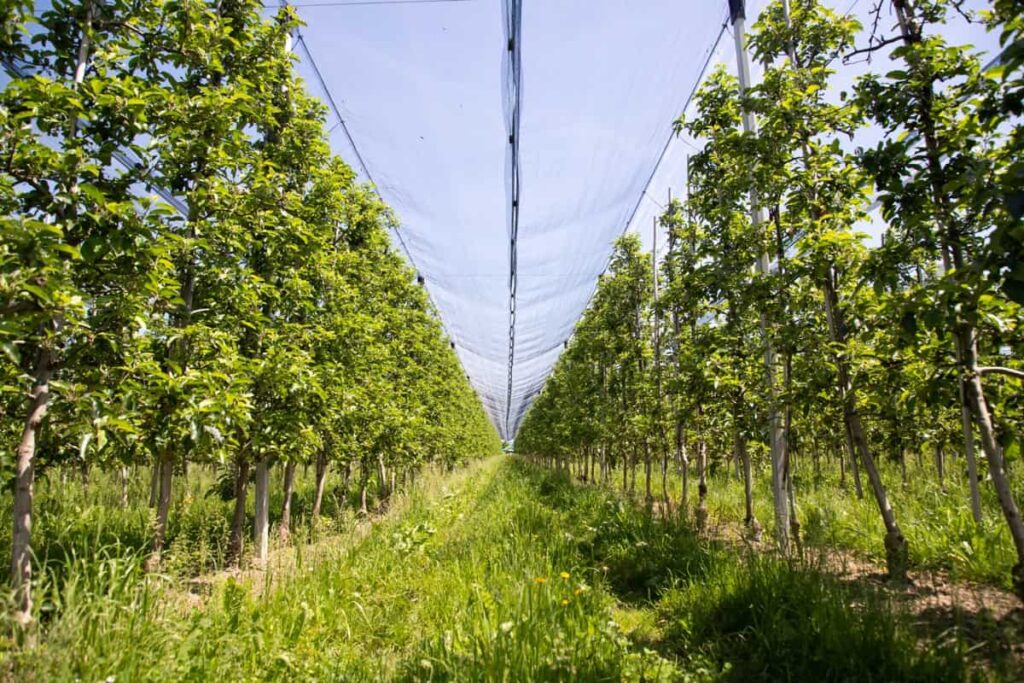
Implementing and Scaling Up the Shade Net Farming Business
One success story in implementing and scaling up a shade net farming business is that of a farmer named John from Kenya. He started his business with a small shade house and gradually expanded to multiple shade houses. He began producing vegetables like tomatoes, capsicum, and beans, later expanding to other crops like flowers.
John’s success was due to his commitment to quality and innovation. He implemented modern farming techniques like drip irrigation, pest control, and soil management. He also ensured that his produce met the high-quality standards required by buyers, which helped him to establish relationships with large-scale buyers like supermarkets and export companies.
Tips for Implementing and Scaling Up a Shade Net Farming Business
- Start small and gradually expand: Take on only a little at a time. Begin with one or two shade houses and expand as you gain experience and knowledge.
- Implement modern farming techniques: Use drip irrigation, pest control, and soil management practices to maximize yields and ensure high-quality produce.
- Focus on high-quality standards: Ensure that your produce meets buyers’ requirements. This will help you to establish relationships with large-scale buyers.
- Build relationships with buyers: Establish relationships with large-scale buyers like supermarkets and export companies to secure a market for your product.
- Seek funding: Find opportunities like loans or grants to help finance your business expansion.
- Stay up-to-date with industry trends: Keep up-to-date with the latest trends and advancements in the shade net farming industry to remain competitive.
Future of Shade Net Farming Business
The future of this industry looks promising as it offers several advantages, such as the stimulation of plant growth, prevention of damage to crops caused by wind and hail, and protection from the sun’s harmful rays. This industry is highly versatile because of the availability of shade nets in different densities, widths, and shading percentages. It can be used for various applications, including agriculture, construction, and interior and exterior decoration.
The use of shade nets is not only limited to commercial agriculture but the extent to home terrace gardening, plant nurseries, and gardens. Shade nets provide year-round protection to crops and enable the cultivation of off-season crops throughout the year. Moreover, shade nets are lightweight, easy to install, and easily relocated.
Investing in high-quality shade nets is crucial to ensure maximum benefits and longevity. With the availability of shade nets in various sizes, designs, and colors, they are also suitable for decoration purposes. As the demand for shade net farming increases, the industry is expected to grow, and investments in this sector are likely to yield high returns.
In case you missed it: Beekeeping Business Plan: Bee Farming Cost, Profit, and Project Report in India
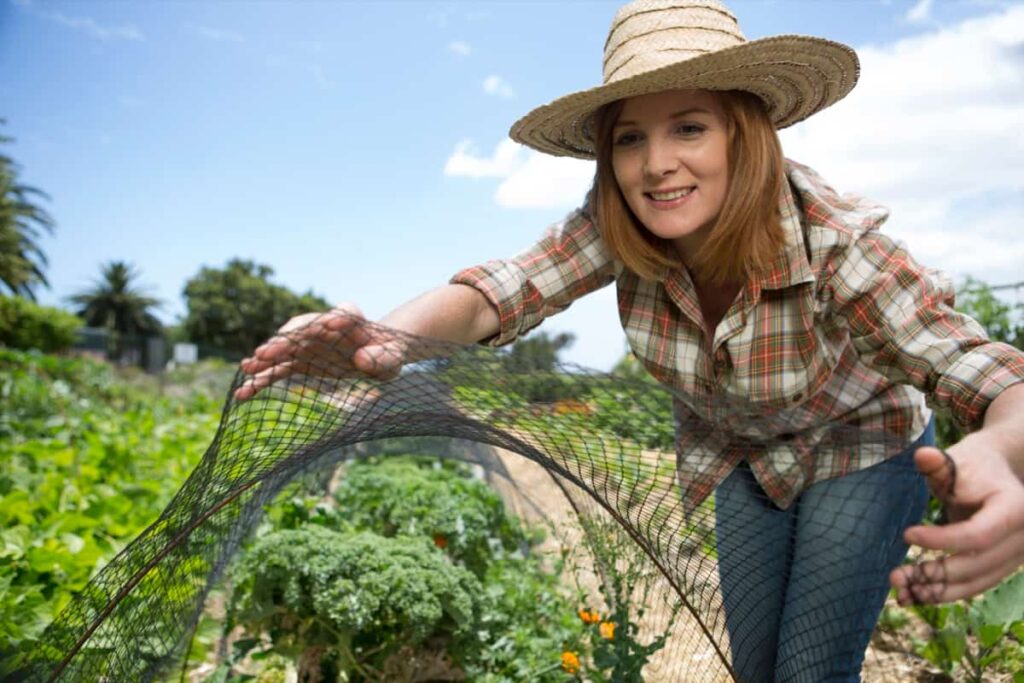
Conclusion
Shade net farming is a promising and profitable business venture. A well-crafted business plan can help identify the market potential, manage risks, secure funding, and scale up the business. With the right approach, net shade farming can provide a sustainable source of income while contributing to the agricultural sector.
- Irrigation and Water Management in Pineapple Farming
- Blossom to Harvest: Mastering Flowering and Pollination in Papaya Farming
- Pig Fattening Essentials: From Selection to Sale for Beginners
- Raising Wagyu Cattle: A Complete Guide for Premium Beef Production
- Soil Types and Their Water Holding Capacity
- Optimizing Irrigation Schedules for Coconut Groves for Enhanced Yield
- Espresso Your Garden: Coffee Grounds for Healthier Acid-Loving Plants
- The Best Soil Mix for Snake Plants: How to Mix Your Own Snake Plant Soil
- Green Thumb Success: Expert Tips for Cultivating Greenhouse Beans All Year Round
- Bloom All Year Round: The Ultimate Guide to Indoor Hyacinth Care
- Eco-Friendly Gardening: How to Make Liquid Fertilizer from Kitchen Waste
- Ultimate Guide to Grow Anise in Pots: Explore Seed Propagation to Harvesting
- Guide to Raising Chester White Pigs: Discover Breed Facts to Growth Management
- Mastering the Elegance: The Ultimate Guide to Weeping Cherry Tree Care, Planting, and Maintenance
- Ultimate Guide to Planting Garlic in Grow Bags: Growing Strategies for Beginners
- How to Fix Spider Plant Leaf-Related Problems: Natural and Organic Remedies
- 10 Reasons Why Your Tulsi Plant is Shedding Leaves: Home Remedies and Solutions
- Optimizing Growth and Yield: The Advantages of Palm Bunch Ash Fertilizer
- Utilizing Neem Oil Extract as a Natural Pesticide for Hydrangea
- From Soil to Harvest: Various Ways in Which Farmers Can Use AI Tools
- Steps to Encourage and Induce Citrus Flowers: A Comprehensive Guide
- How to Fix Snake Plant Leaf-Related Issues: Natural and Organic Remedies
- Transform Your Garden into a Fragrant Oasis with Raat Ki Rani (Night Blooming Jasmine)
- Discover the Ideal Chicken Breeds for Philippine Farms
- How to Create a Poultry Egg Farm Business Plan for Profits
- Grow Lemon Cucumbers Like a Pro: Insider Techniques for Bountiful Yields
- Ultimate Guide to Caring for Your Pink Princess Philodendron: Tips for Thriving Variegation
- Areca Nut Profit Per Acre: Calculating Yield and Cost of Cultivation
- How Kaveri Chicken is Becoming a More Profitable Breed in Indian Backyards
- Transform Your Barn: 9 Steps to Convert a Horse Stall into a Chicken Coop
- Exploring Suffolk Sheep Disadvantages with Limitations and Challenges
- Guide to Solving Potted Lemon Tree Problems: How to Revive Lemon Tree in Containers
- Steps to Encourage Female Pumpkin Flowers: Best Strategies for More Flowers and High Yields
- Ultimate Guide to Yellow Raspberries: Exploring from Planting to Care
- Ultimate Guide to Planting Ginger in Grow Bags: Growing Strategies for Beginners
- Ultimate Guide to Growing Red Creeping Thyme: Propagation, Planting, Pruning, and Care
